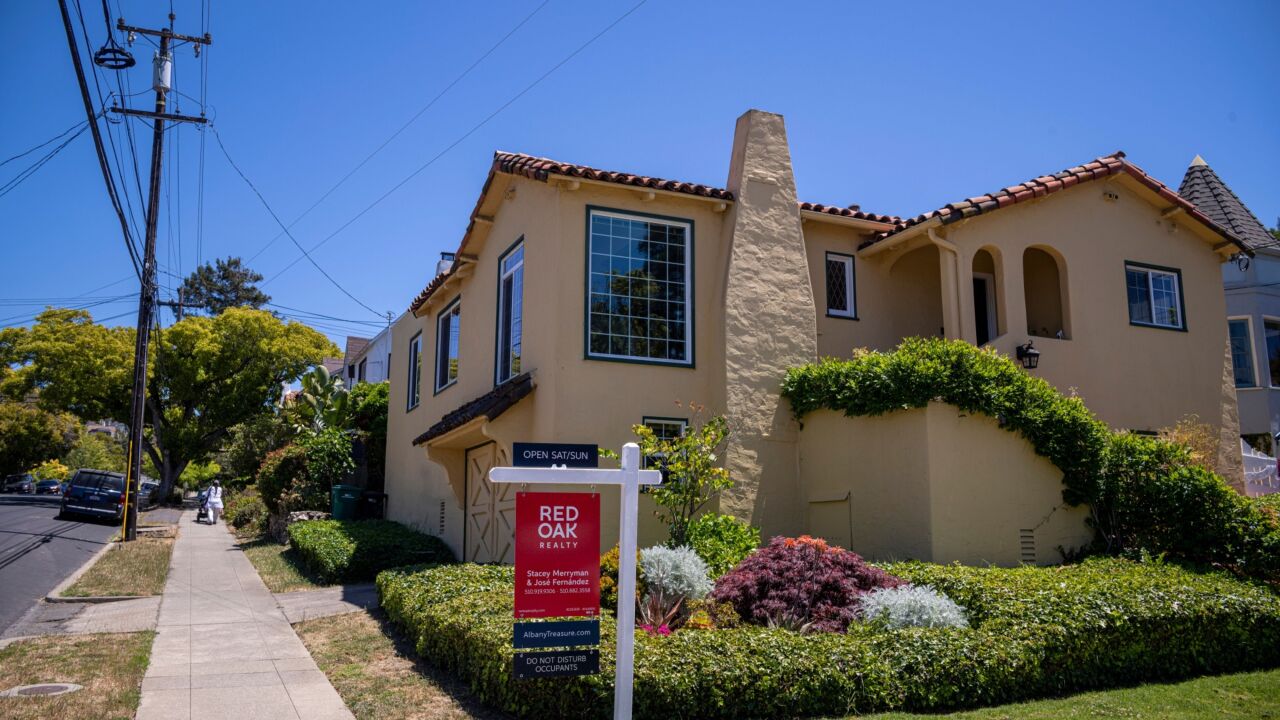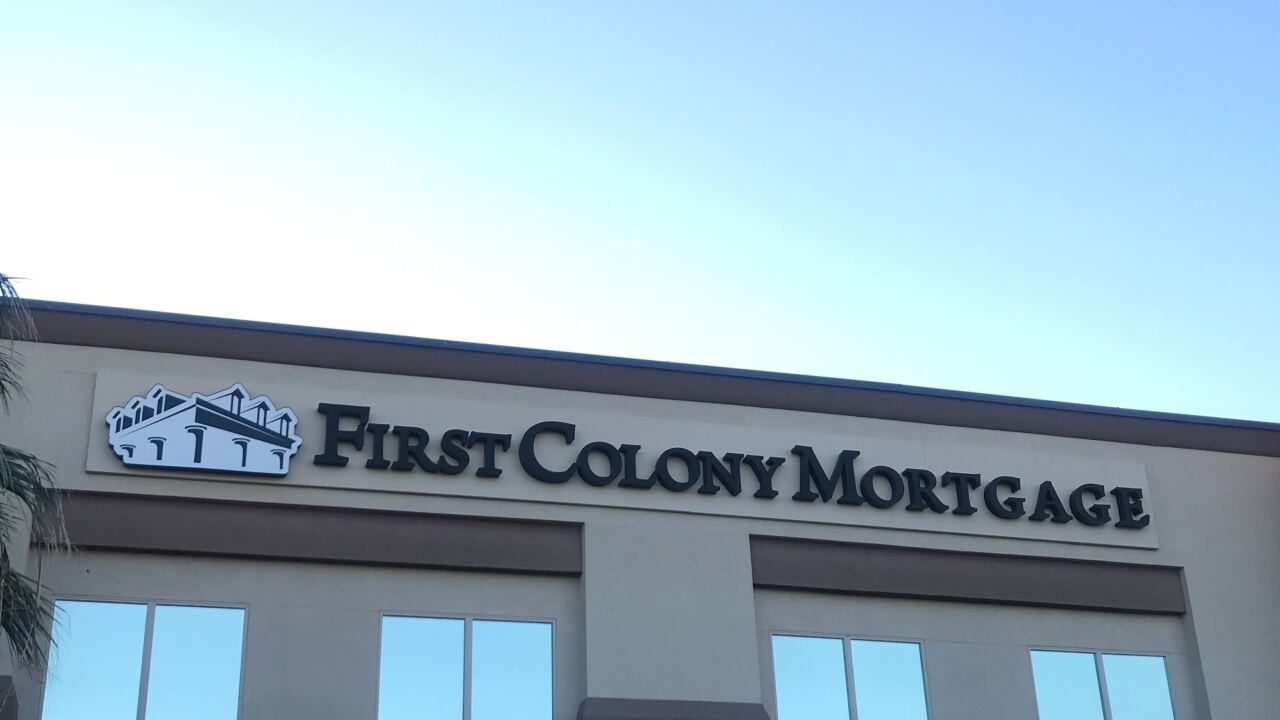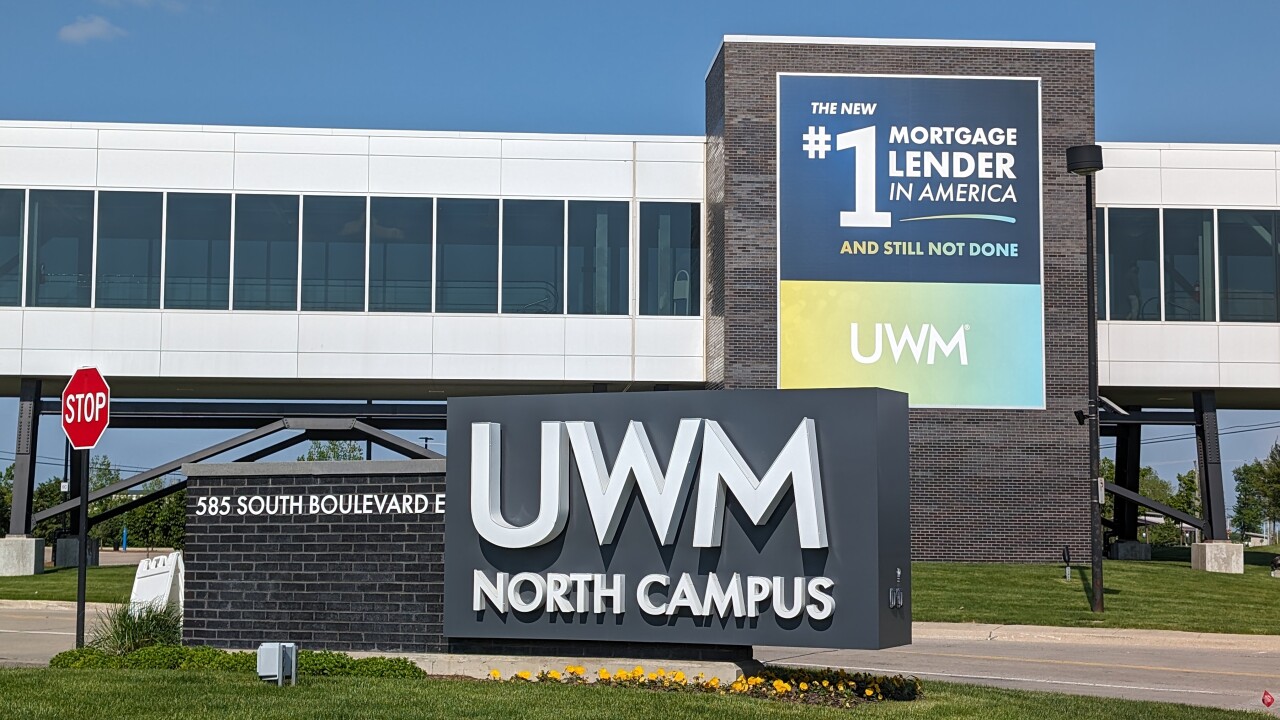
While staying put in a rental unit may be a momentary fix, renters are still plagued by unique challenges. The rental market changed in many ways last year, signifying that
Prices for apartment types varied, with the cost to rent for one-bedroom units growing the most, and the average monthly price for studios rising the least.
The nation's hottest markets faced a slowdown in annual rental price appreciation, with rent in small cities soaring in 2017. Rent in Manhattan and Brooklyn declined by 1.7%, while the cost to rent in Odessa and Midland, Texas, leaped 33.6% and 28.2%, respectively. This means renters in these small cities paid over $3,400 extra in rent in 2017.
Of all large cities, Las Vegas posted the most accelerated annual growth in rent for 2017, where prices rose 6.3% to an average cost of $934 per month.
With the cost to rent growing nationwide in 2017 and even soaring in the smallest of cities, here's a look at eight signs renting just isn't appealing anymore.
RentCafe reports are based on data from Yardi Matrix, an apartment information service and sister division of RentCafe.

Rising rent
The cost to rent an apartment has been growing steadily over the past 10 years, with its highest point reaching $1,363 this past August and September, and its lowest monthly price hitting $1,052 in May through July of 2010.

Bigger burden
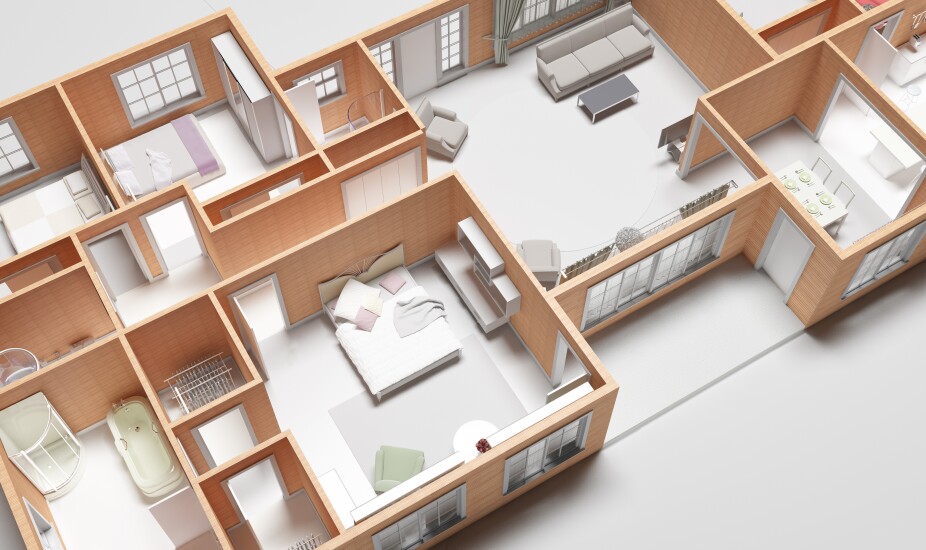
Size matters
Rental prices for three-bedroom units bumped up to $1,640, an increase of 2.9%. Studio rentals had the lowest annual price appreciation, but still grew an average 2.2%, to $1,256.

(Not so) hot markets

Big Apple, little growth
Tenants in New York City have benefited from a two-year-long freeze on rent stabilized units, which account for about a million apartments in the city.
Oklahoma City and Austin, Texas, rounded off the top five large cities with the lowest price appreciation, with rents changing -0.1% and 0.9%, respectively.
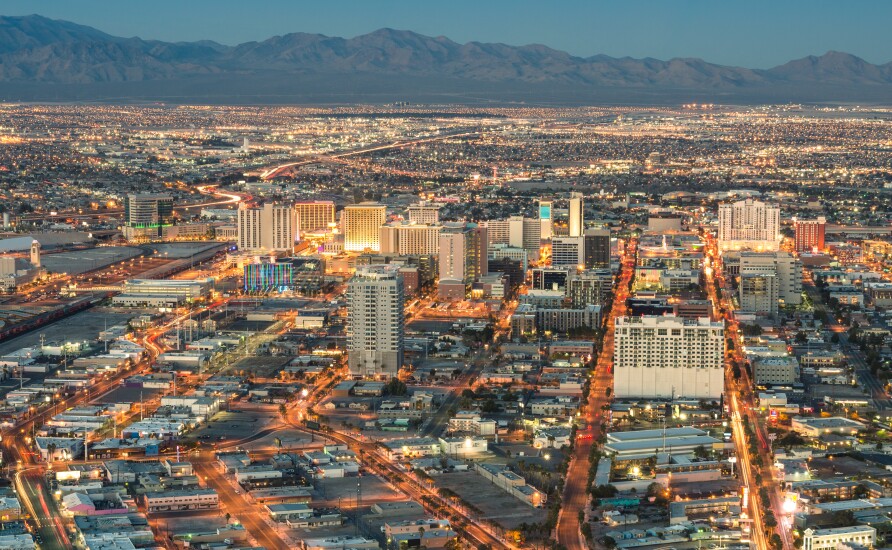
Viva Las Vegas
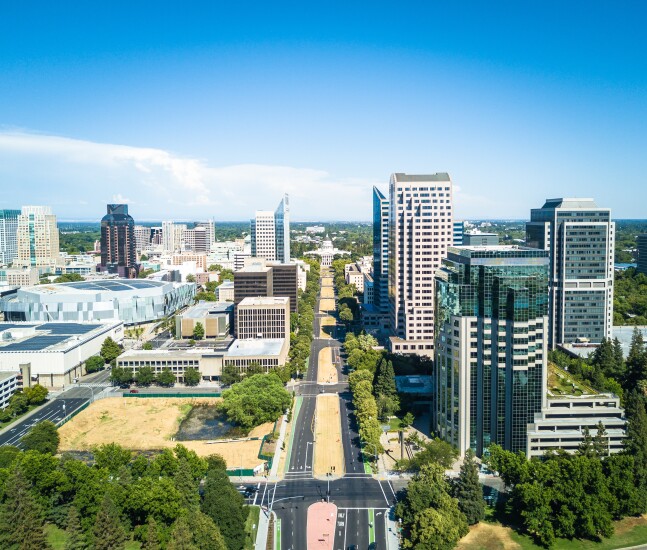
Midsize city breakthrough
Stockton, Calif., Arlington, Texas, and Colorado Springs, Colo., saw annual rental price appreciations of 7.8%, 6.3% and 6.2%, respectively.

Small cities, big price tags
Rental costs in Buffalo, N.Y., grew 10.3%, while prices in Lancaster, Calif., jumped 9.8%.

